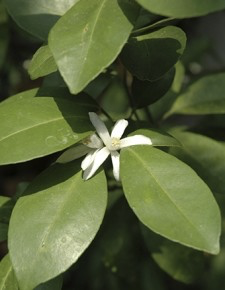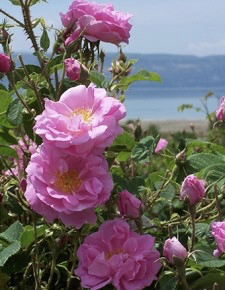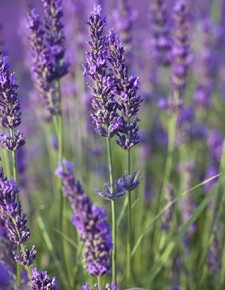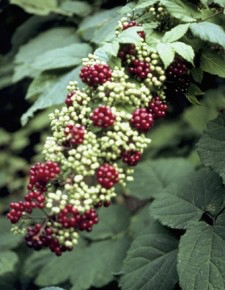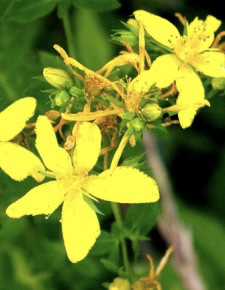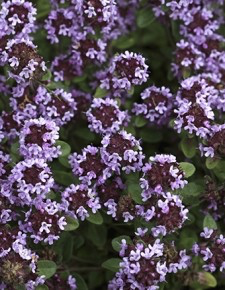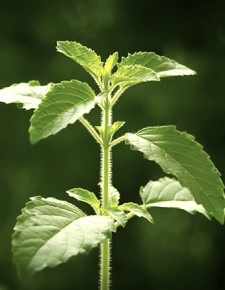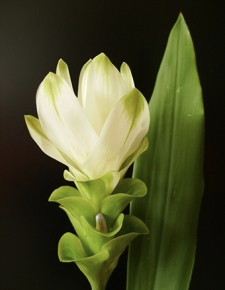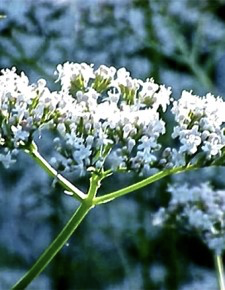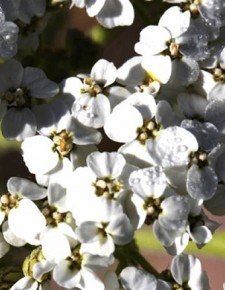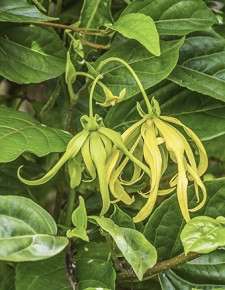Day 17 of 30-day Challenge

Remember to continue the other items we started: (Day 1) LongLife Vitality Supplements, Zendocrine Capsules, (Day 2) a drop of lemon or grapefruit in a glass of water and Curbing Cravings Tea, (Day 3) evening detox bath, (Day 4) Morning Liver Flush drink, (Day 5) De-Stress time, (Day 6) Using Geranium and a nice Foot Soak, (Day 7) adding TerraZyme & Rosemary Essential Oil to help support our digestive system, (Day 8) Remove sugar from snacks, (Day 9) Remove gluten, (Day10) GX Assist gel caps, (Day 11) Use detox lotion, (Day 12) Using skin smoothing oil, (Day 13) Change up the Apple Cider Drink from Day 1, (Day 14) adding more whole food into our diet, (Day 15) adding more low carb recipes.
Today, lets look at why we might stale and think things are not going as we planned with our health.The key to understanding how essential oils can detox the body, therefore, is “chelation.” Chelation (pronounced /kiːˈleɪʃən/) is a chemical terms for bonding of ions and molecules to metal ions. To date, most of the research we have about essential oils and chelation has been done about iron, a micronutrient required by almost all living organisms.
Harmful microorganisms have developed a high affinity with iron, particularly fungi. A critical element critical for normal growth and development, iron is acually the most abundant transition metal in the human body. However, free iron accumulation (II) can occur as a result of oxidative stress, which is a known cause of many neurological disorders like Alzheimer’s disease and Parkinson’s disease. Therefore, chelation therapy to reduce complications associated with iron became a therapeutic strategy for the treatment of Alzheimer’s disease.
Interestingly, iron chelators can mobilize iron in human tissue, which causes them to be excreted in feces and urine and can be used as therapeutic agents against different types of microorganisms. Therefore, is of significant interest to help manage the side effects and improve the quality of life of people suffering from iron overload.
This is where essential oils can help, and these 10 are some of the most promising out there!
Citral-Containing Oils
Due to the antioxidant capacity, research has shown that essential oil compounds can induce detoxification enzymes and can actually prevent toxicity and even cancer in cell line models. The compound citral is the perfect example because it can increase the activity of a key phase II detoxification enzyme known as glutathione-S-transferase, and researchers suggest it has a possible role in skin cancer prevention. These 4 essential oils with the most citral have the potential to be the most detoxifying agents:
- Lemon Myrtle – Backhousia citrata (90-98% citral)
- Lemongrass – Cymbopogon citratus (75-85%)
- Lemon Teatree – Leptospermum citratum from Australia (80%)
- May Chang – Litsea cubeba (65-74%)
- Lemon
When many people think about how to detox with essential oils, lemon naturally comes up, not because of the research done on the subject, but because of the wildly popular lemon detox drinks that are being raved about in the health community. It may seem logical to assume that lemon oil is detoxifying because the juice is so powerfully effective, but that’s not necessarily true. We need to remember that the chemical constituency of the lemon rind (which the oil is made from) and the oil itself are quite different from the the juice.
With that said, it’s important to note that lemon has been widely used in Ayurvedic medicine and the peel has been traditionally used to detoxify the liver. According to Indian researchers, hesperidin (a bioflavonoid found in lemon oil) has the ability to do even more by preventing lipopolysaccharide-induced endotoxicity in rats. As noted, “Lipopolysaccharide (LPS) is a major trigger of septic shock resulting in multiple organ damage through excessive stimulation of the host’s immune cells resulting in the release of cytokines. Previous studies have shown that hesperidin has several beneficial properties against inflammation and oxidative stress.”
Additionally, hydrodistilled lemon oil has been proven to slow down key enzymes that are linked to neurodegenerative conditions and is a strong antioxidant as evident by its ability to chelate iron.
Rosemary
Rosemary essential oil is a known iron chelator that has been proven to protect DNA. It’s actually one of the most well-studied and promised detox oils. In one study rosemary outperformed other health and detox superstar oils oregano, thyme, sage, and clove. This is what the study found:
The oxidative degradation of lipids is one of the main factors limiting the shelf-life of food products. In recent years, several undesirable disorders have been detected as side-effects of using commonly used synthetic antioxidants. Apart from their use as aroma additives in food, essential oils from aromatic plants have shown potential for use in small amounts in fat-containing food systems to prevent or delay some types of chemical deterioration that occur during storage. Using a multiple-method approach, the antioxidant activity of the essentials oils from several spices widely used in Mediterranean countries was tested: oregano (Origanum vulgare), thyme (Thymus vulgaris), rosemary (Rosmarinus officinalis), sage (Salvia officinalis) and clove (Syzygium aromaticum). Their total phenolic compound content was also determined. The clove essential oil had the highest amount of total phenols and showed the highest percentage inhibition of DPPH radical and the highest FRAP value. The thyme essential oil produced the highest percentage inhibition of TBARS (89.84%). All the essential oils studied were capable of chelating iron(II), the rosemary essential oil producing the highest effect (76.06%) in this respect. The oregano essential oil had the highest antioxidant activity index in the Rancimat test.
Clove
Another iron chelator, clove essential oil is arguably the most potent antioxidant on the planet. (25) Known detoxifying agents, researchers are discovering just how powerful antioxidants are and how important they are for health. The National Institute on Aging developed a way for us to quantify antioxidant capability in the Oxygen Radical Absorbance Capacity (ORAC) system of measurement. Within the ORAC system, cloves come in as one of the highest valued antioxidants, towering over sorghum, the next on the list, by a difference of more than 50,000. As a concentrated essential oil, there is simply no comparison.
Valerian Root
Valerian root essential oil is another ferrous iron chelator. It is interesting to note that research has suggested that methanolic extract of Valeriana jatamansi possesses the best chelation activity (76%), whereas aqueous extracts (43%) and essential oil (31%) do not perform as well in clinical studies. This doesn’t mean that the essential oil is useless, 31% chelation is still good! It simply suggests that other non-oil forms are effective as well.
Mint Family
Several oils in the mint family have been shown to detox iron and ginger mint extract is the most prominent. Presumably due to its antioxidant capacity, Here it is also reasonable to assume that the antioxidant capacity is linked to the principal chemical compound present in each essential oil and the foremost study in this area states that, “The ability to chelate iron (II) species is dependent on the chemical composition of each variety and was more effective with the extract of M. x gentilis L. , followed by M. piperita L. We are assuming that the ability to chelate iron (II) species is linked to the principal chemical compound present in each essential oil: M. spicata L. is rich in pulegone (55.49%); M. x gentilis L. in linalyl acetate (45.59%); M. crispa L. in carvone (60.88%); M. piperita L. in l-menthol (32.43%) and M. x piperita L. in l-menthol (42.70%).
Nees & Mart
An oil you’re probably not familiar with, the species Rhaphiodon echinus (Nees & Mart) Schauer is basically a weed from the family Lamiaceae that is commonly found in such as vacant lots and has been used in folklore medicine for treating cough, fatigue, pain, infections and inflammation. Research studies on echinus have shown that it contains significant antimicrobial and antioxidant activities, as well as anti-inflammatory and analgesic properties. Research has also uncovered that the essential oil from R. echinus leaf is rich in sesquiterpenes, mainly bicyclogermacrene and trans-caryophyllene. Most recently, scientists have discovered that aqueous and ethanolic extracts of Nees & Mart are rich in polyphenols and is truly a therapeutic oil.
The iron (II) chelation potential Nees & Mart essential oils has also been investigated in vitro.
Myrrh
The more research uncovers, the more we see stress in its various states as an underlying cause of so many illnesses and discomforts. It’s no wonder that a powerful antioxidant would carry such varied benefits. And powerful it is! Myrrh emulsion exhibits an antioxidant effect strong enough that it can actually protect the liver – the “detox” organ that is bombarded with toxins every day – from oxidative damage.

